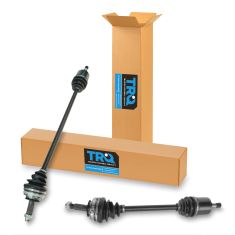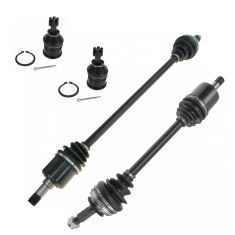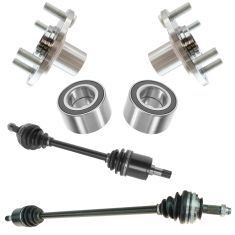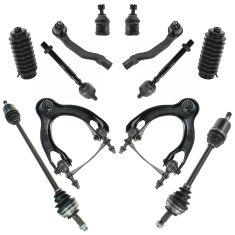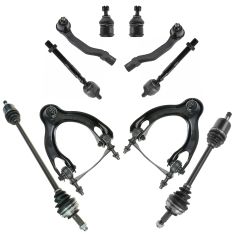1AACV00006-Honda Civic Civic Del Sol CRX Front Driver Side CV Axle Assembly TRQ CSA82134
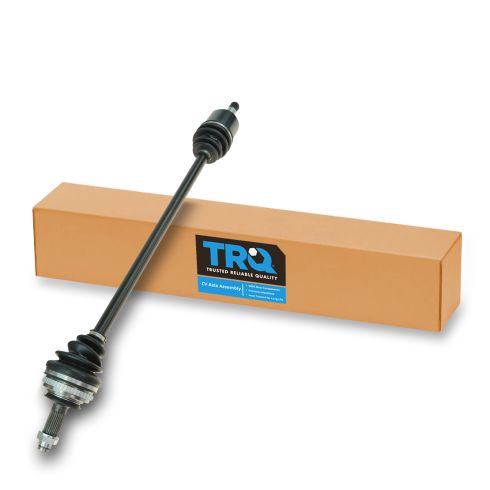
Replaces
1993 Honda Civic Front Driver Side CV Axle Assembly TRQ CSA82134

Product Reviews
Loading reviews
5.00/ 5.0
1
1review
Just the Ticket!
December 29, 2023
This axle went squarely in place as predicted! No hassle, no problem, thanks
Customer Q&A
I see that this says for an automatic transmission. I have a 2002 Honda Civic EX that needs its driver side CVaxial replaced. Would this part still fit knowing my car is a manual?
March 30, 2019
10
This driver axle will fit automatic and manual transmissions.
March 30, 2019
Corey M
Why does this say drivers side when its for the passenger side?
October 19, 2021
10
This part is the driver side CV axle.
October 19, 2021
Andra M
Does this item fits a 2005 civic 4 door hybrid ?
October 31, 2021
10
Yes, this part will fit your vehicle as long as it has an automatic transmission.
November 1, 2021
Adam G
What is length of it when compressed?
December 4, 2021
10
Hello, our axles are a direct replacement to your originals based on the vehicle information and should be the same length.
December 4, 2021
Ricale A
Will this part fit my 2005 Honda Civic Si ~ EP3, manual transmission?
January 15, 2022
10
No this part will not fit and we currently do not carry the one you need.
January 17, 2022
Andra M
Will this one go with the L3 transmission?
March 19, 2024
10
Please enter your vehicle's year make and model in the search bar at the top of the page. This will display parts guaranteed to fit your vehicle. Just be sure to verify all of the information shown in the Vehicle Fit tab before ordering.
March 20, 2024
Emma F
Honda is a registered trademark of Honda Motor Co., Ltd. 1A Auto is not affiliated with or sponsored by Honda or Honda Motor Co., Ltd.
See all trademarks.









